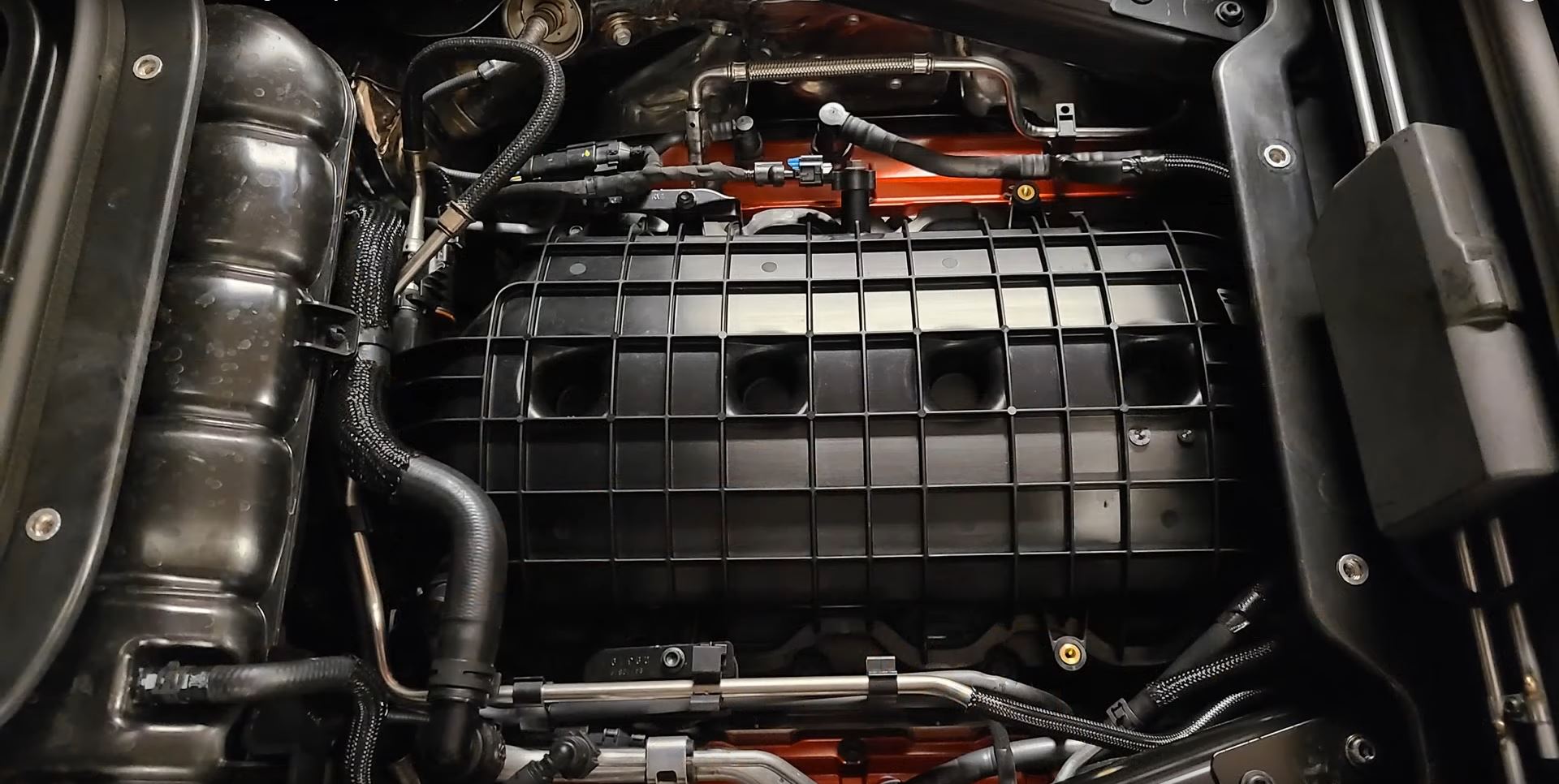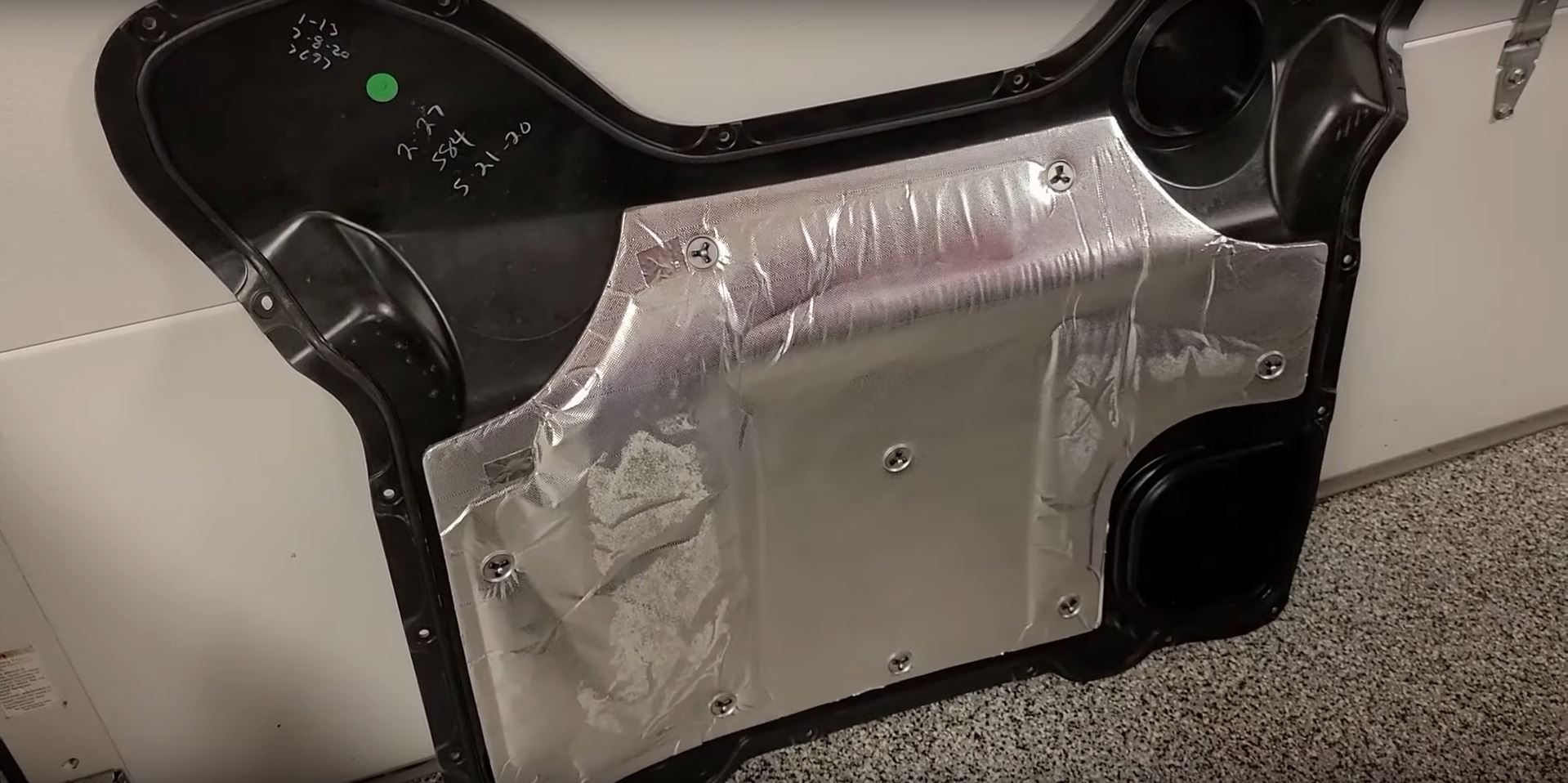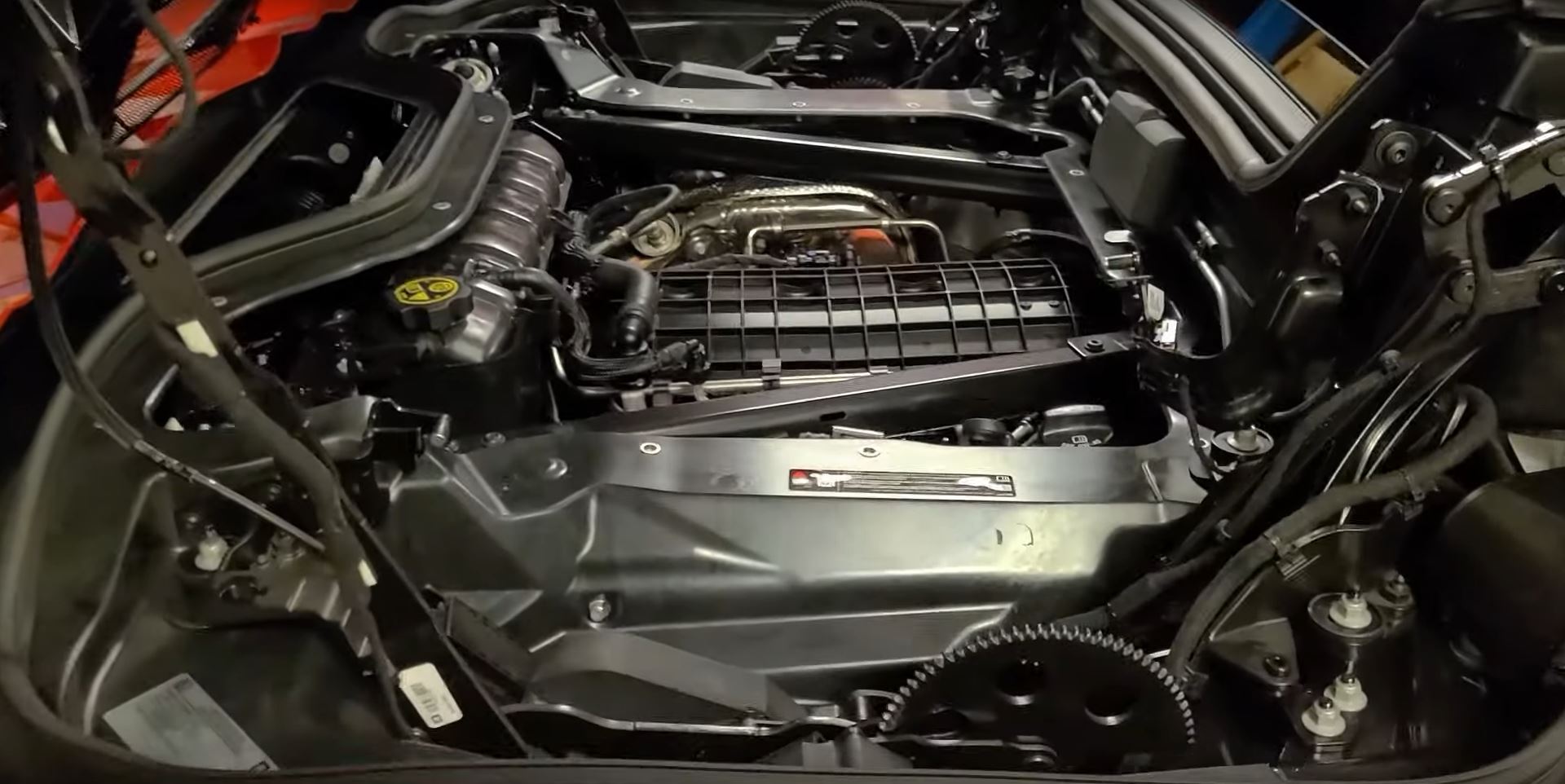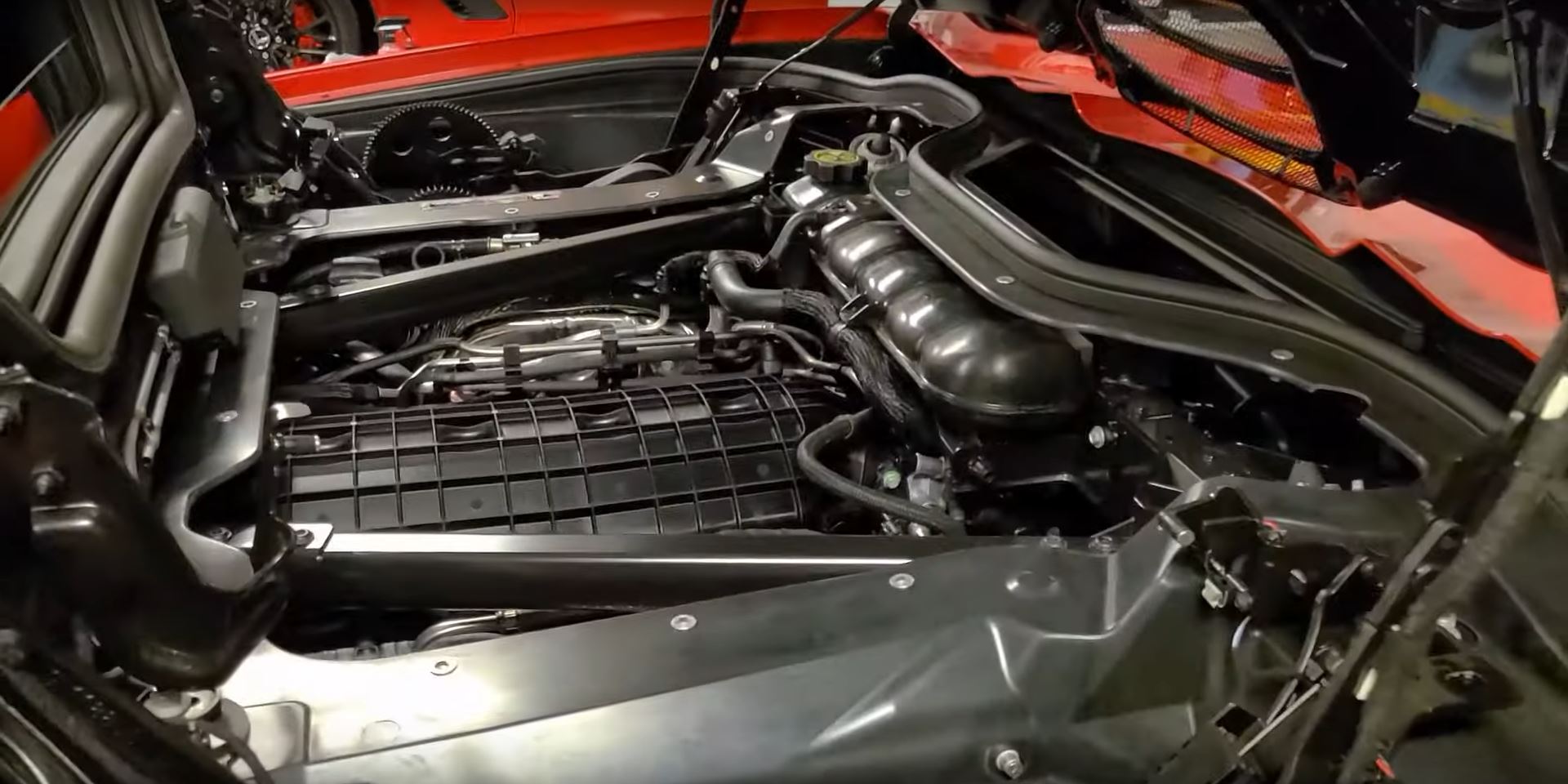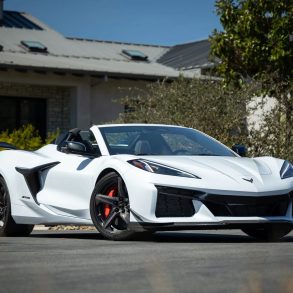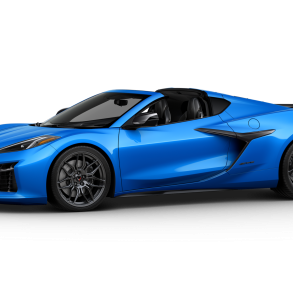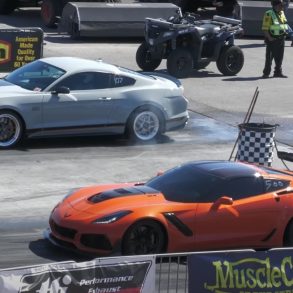Ever since the new 2020 Corvette C8 hard-top convertible has been released into the wild, one of the questions people have had is how does the engine bay differ, if at all, from the coupe?
Jeremy Welborn decided to answer that question on his YouTube channel. Jeremy is just like pretty much every other Corvette owner out there… enthusiastic, involved, and with a little streak of a wrencher in his blood!
Because of how the roof of the HTC folds, it tucks away above the engine compartment, which is separated by a divider that has heat reflective material on the underside. This is held in place, as stated in the video, by 18 securi-Torx screws.
Once removed, a much different engine bay is exposed than what one sees in the coupe version. The engine seems to be mounted at the same height as the coupe, however it doesn’t have the “normal” cover, instead getting a low profile cover that holds some tubes and pipes that route from different locations.
The biggest difference is the coolant reservoir, which is mounted high and back in the engine compartment. On the coupe, that reservoir is mounted low and close to the firewall, in a vertical orientation. This is most likely because the convertible top mechanism requires space near the firewall to be able to put servos, braces, et al, to allow the top to raise and lower while the car is moving.
As well, there is a venting hole in the actual structural framework of the engine bay, held by the two diagonal braces that come over from the coupe. This allows the air to be sucked out with passive airflow over the roof cover without needing to have the same “heat holes” that the coupe has around the glass engine bay window.
All in all, it is an interesting look into how the GM and Corvette engineers made the whole setup work without dealing with overheating and with constrained spaces to work with!


